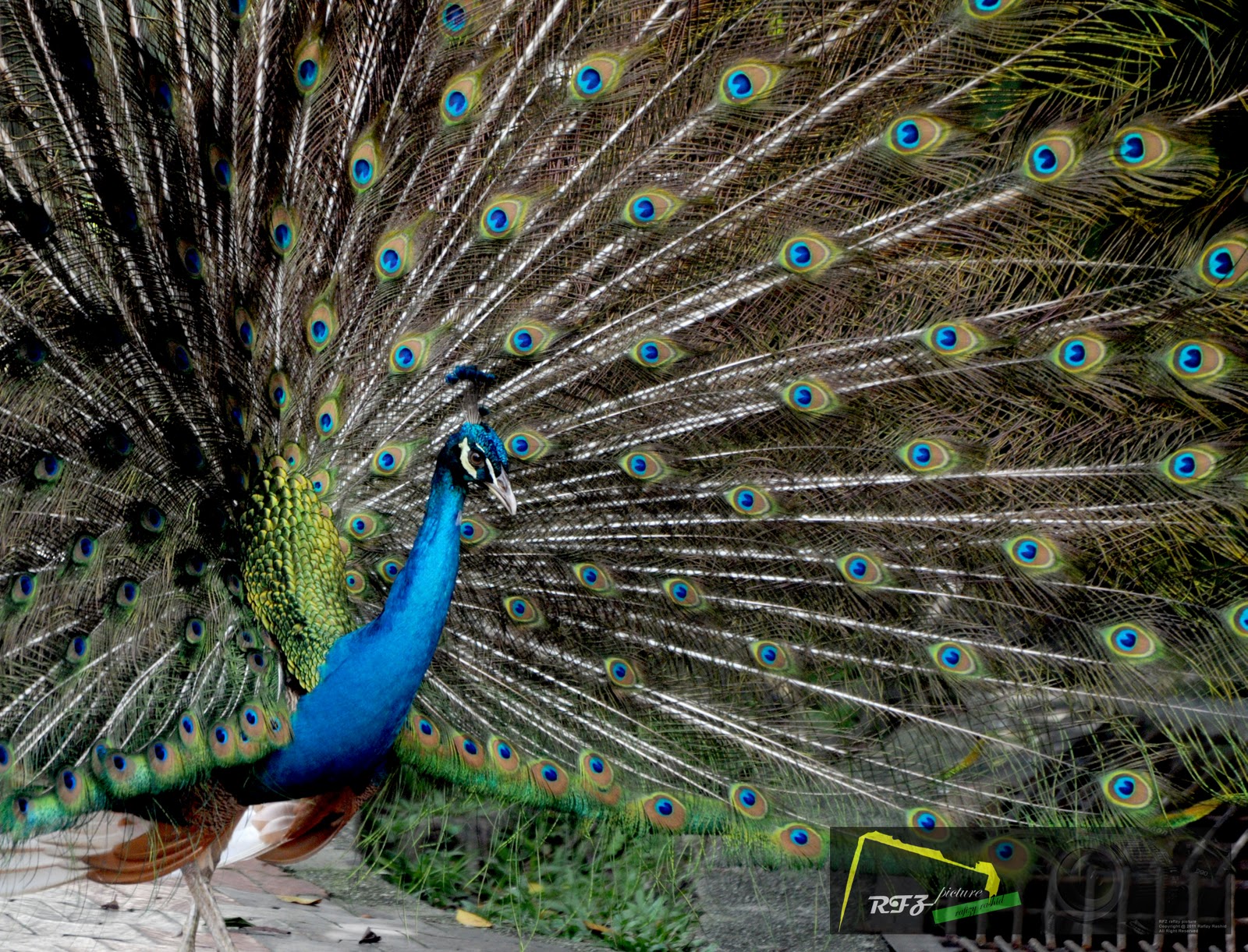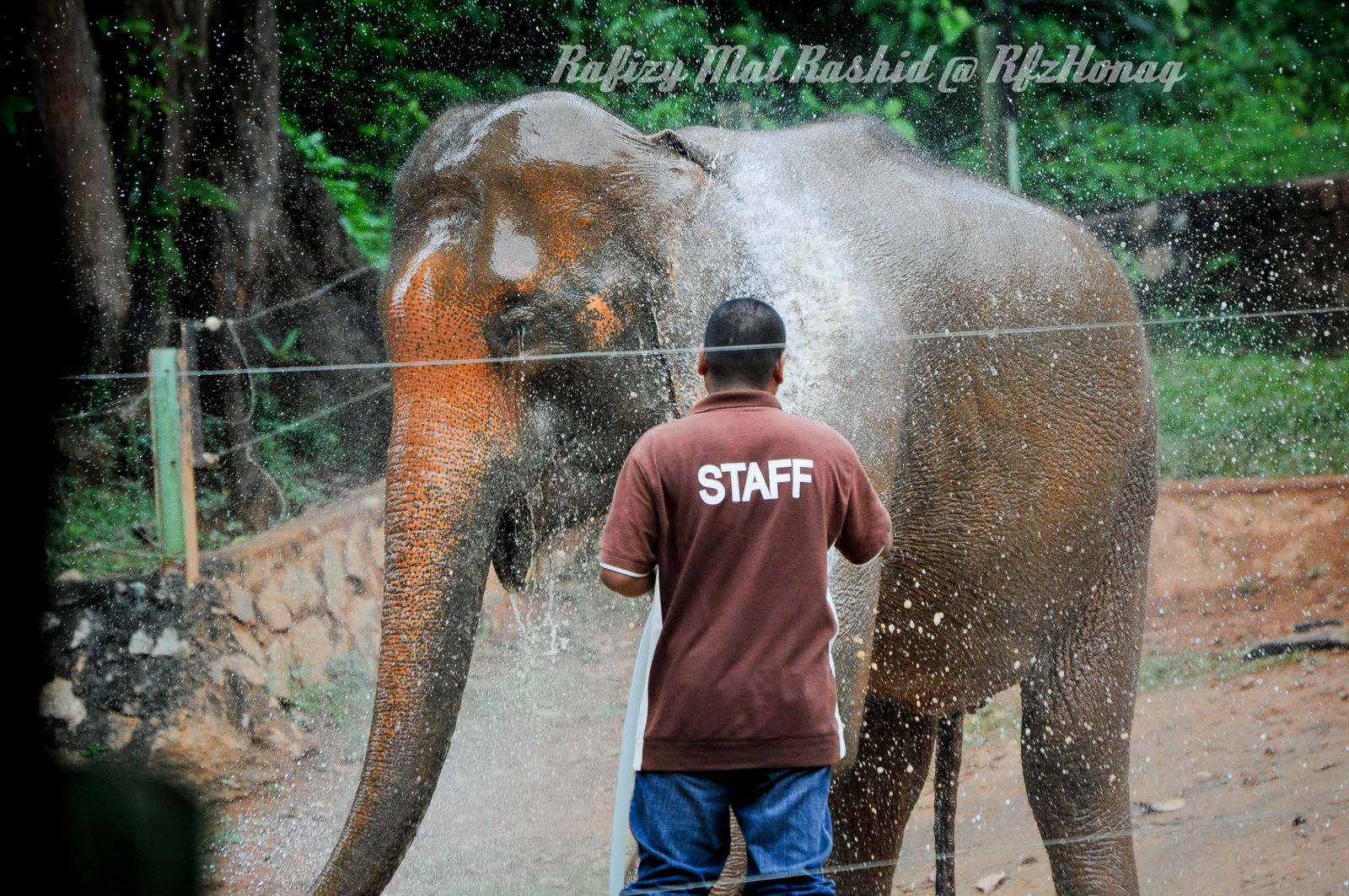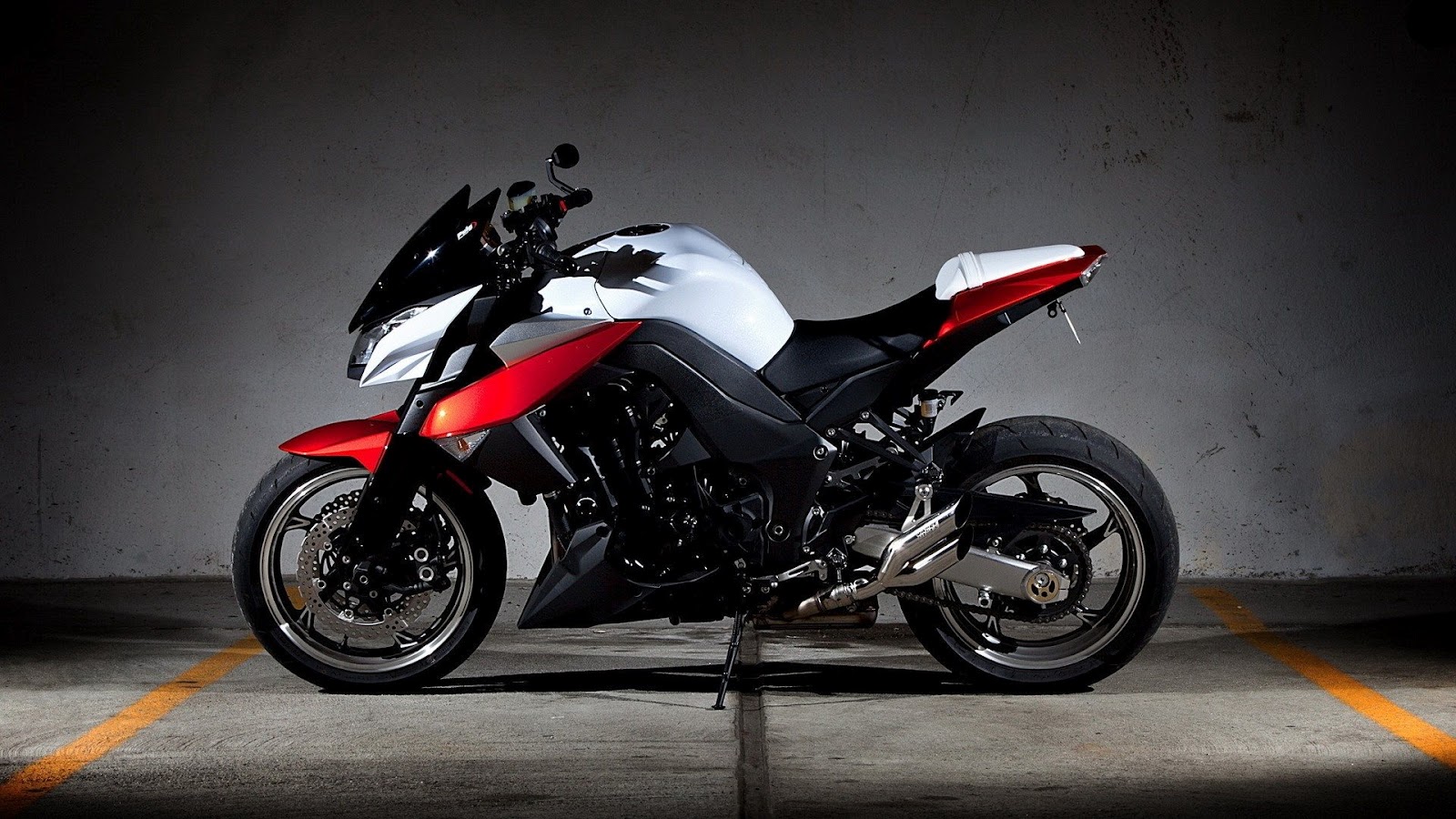 The AF-S Nikkor 18-300mm F3.5-5.6G ED VR was announced in June 2012, and holds the distinction of being the longest-range superzoom available for any interchangeable-lens camera system. Its 16.7x, 27-450mm equivalent zoom range trumps Tamron's 18-270mm F/3.5-6.3 Di II VC PZD not only for focal length but also aperture at full telephoto. This comes at a price, though; the 18-300mm is comfortably the largest, heaviest and most expensive DX/APS-C format superzoom around.
The AF-S Nikkor 18-300mm F3.5-5.6G ED VR was announced in June 2012, and holds the distinction of being the longest-range superzoom available for any interchangeable-lens camera system. Its 16.7x, 27-450mm equivalent zoom range trumps Tamron's 18-270mm F/3.5-6.3 Di II VC PZD not only for focal length but also aperture at full telephoto. This comes at a price, though; the 18-300mm is comfortably the largest, heaviest and most expensive DX/APS-C format superzoom around.
To be fair, you do get a top-specified lens for your money. It incorporates Nikon's 'Silent Wave Motor' for focusing, and is one of the few superzooms that allows focus to be tweaked manually when set to autofocus (like its little brother, the AF-S DX Nikkor 18-200mm f/3.5-5.6G ED VR II). It also includes Nikon's 'VR II' optical image stabilization, which promises the ability to shoot handheld at shutter speeds four stops slower than usual without your images being ruined by camera shake.
This all requires an unusually complex optical design, and the 18-300mm uses no fewer than 19 lens elements in its construction, arranged in 14 groups. Three of these use Extra-low Dispersion (ED) glass, and three incorporate aspherical surfaces to minimise aberrations. Nikon's 'Super Integrated Coating' (SIC) is employed to minimize flare, and the aperture uses nine rounded blades for pleasant rendition of blurred backgrounds.
Superzooms lenses inevitably trade versatility and portability against significant optical compromises compared to shorter-range zooms. So the question we're looking to answer in this review is what the 18-300mm offers to justify its bulk and price premium compared to its two most-obvious competitors - the aforementioned Tamron 18-270mm F/3.5-6.3 Di II VC PZD and the recently announced Sigma 18-250mm F3.5-6.3 DC Macro OS HSM.
Headline features
- Approx: 28-450mm equivalent focal length range; F3.5-5.6 maximum aperture
- Works on Nikon DX format DSLRs (and FX format SLRs in DX crop mode)
- In-lens Vibration Reduction system
- Ultrasonic-type 'Silent Wave Motor' for autofocus
Angle of view
The pictures below illustrate the focal length range from wide to telephoto (taken from our usual camera position).
 |  |
| 18mm (27mm equivalent) | 300mm (450mm equivalent) |
|---|
Nikon AF-S DX Nikkor 18-300mm f/3.5-5.6G ED VR specifications
| Approx Price | • $999 (US) • £719 (UK) |
|---|---|
| Date introduced | June 2012 |
| Maximum format size | DX |
| Focal length | 18-300mm |
| 35mm equivalent focal length | 27-450mm |
| Diagonal Angle of view (APS-C) | 76º - 5º 20' |
| Maximum aperture | F3.5-5.6 |
| Minimum aperture | F22-32 |
| Lens Construction | • 19 elements / 14 groups • 3 ED glass elements • 3 aspherical elements |
| Number of diaphragm blades | 9, rounded |
| Minimum focus | 0.45m |
| Maximum magnification | 0.32x |
| AF motor type | • Silent Wave Motor (Ring-type ultrasonic) • Full-time manual focus (M/A mode) |
| Focus method | Internal |
| Zoom method | Rotary, extending barrel |
| Image stabilization | • Yes; 4 stops claimed benefit • 'Active' mode |
| Filter thread | • 77mm • Does not rotate on focus |
| Supplied accessories* | • Front and rear caps • HB-58 Petal-type Hood |
| Weight | 830 g (29.3 oz) |
| Dimensions | 83 mm diameter x 120 mm length (3.3 x 4.7 in) |
| Lens Mount | Nikon F |










